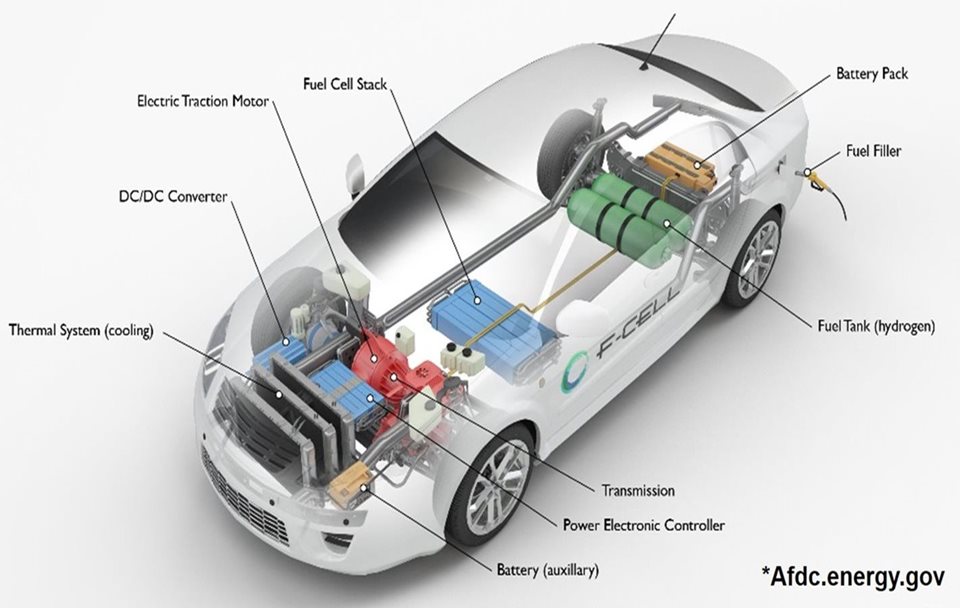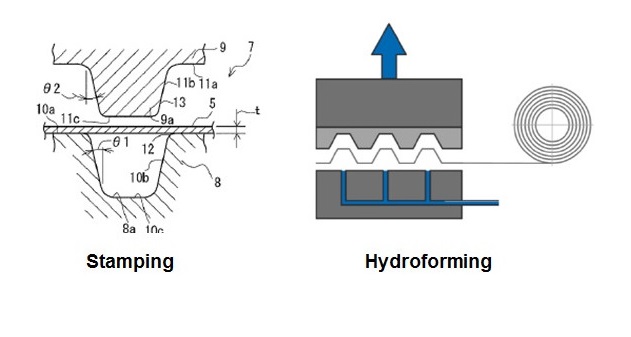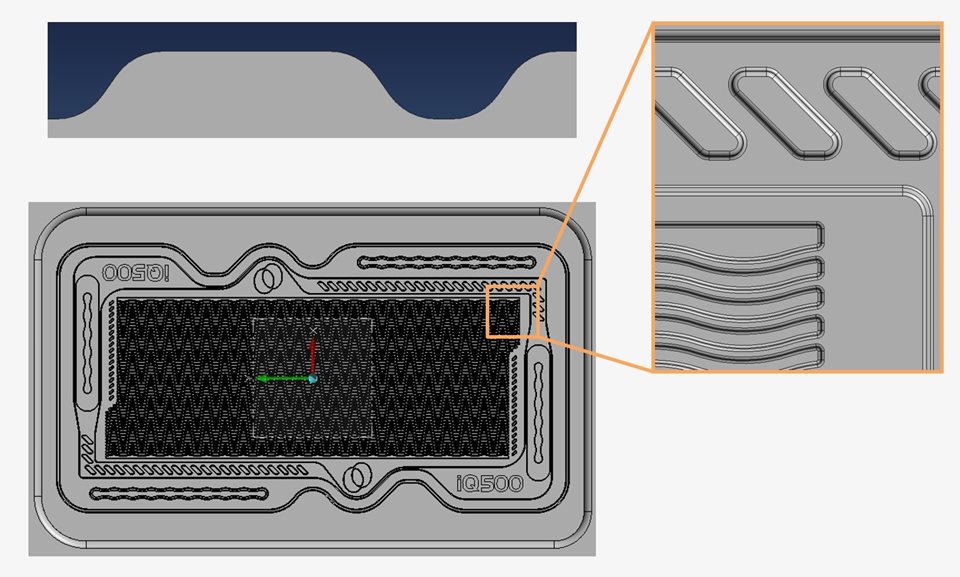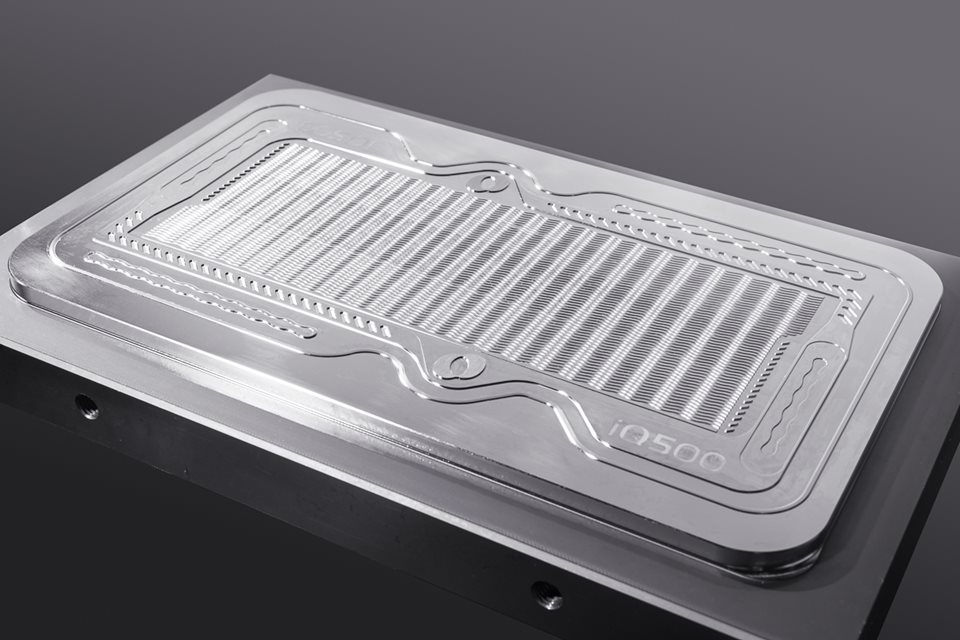
- Showroom Digital
- Makino digital
- Tecnología de máquinas
- Servicio y formación
- Mejorar con Makino
- Sobre nosotros
- Seleccionar idioma
- Solicitar presupuesto
- Encontrar un representante
- Eventos
- Ofertas de trabajo
- Datos de contacto
- ¿Por qué Makino?
- Privacidad





